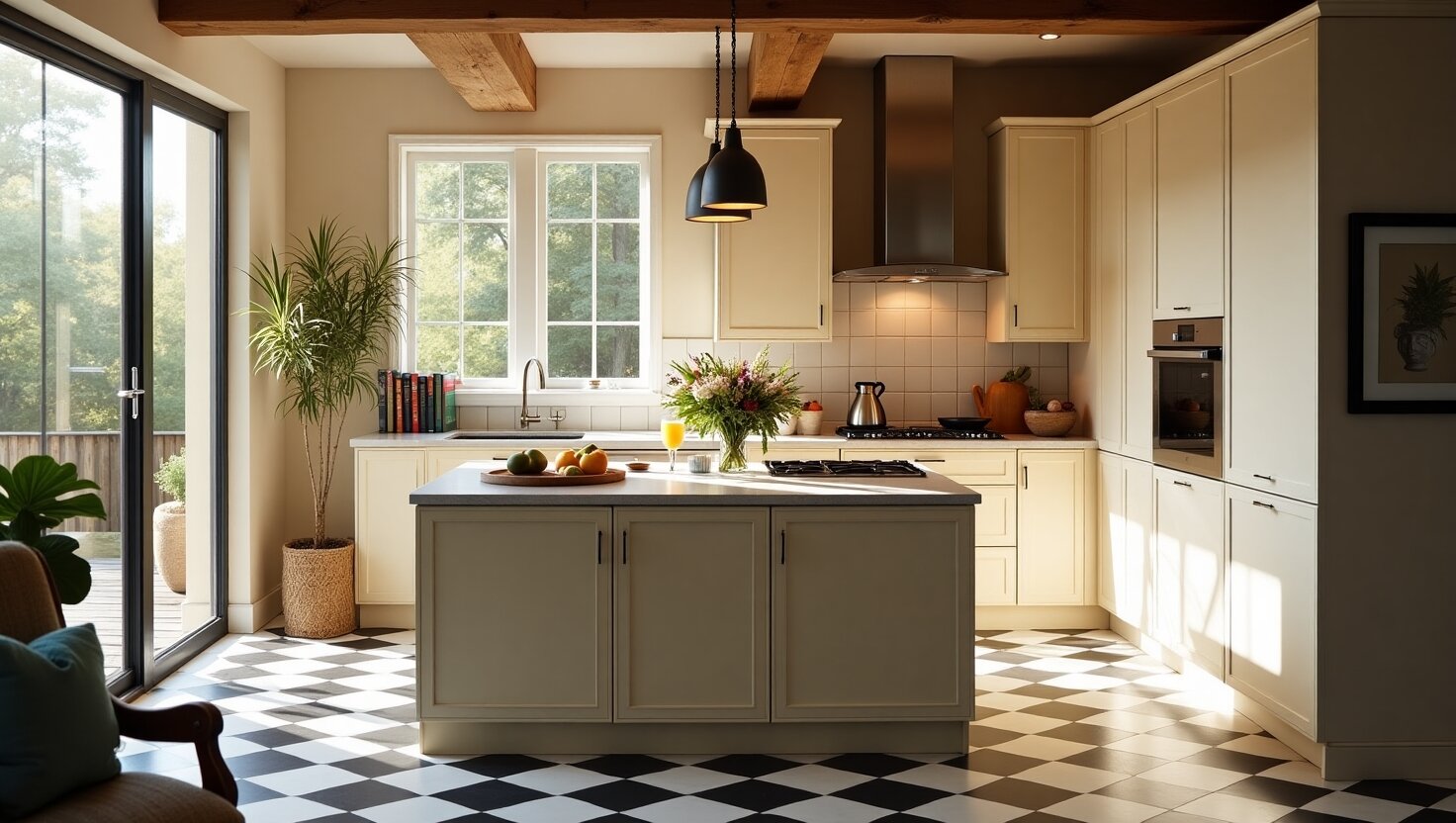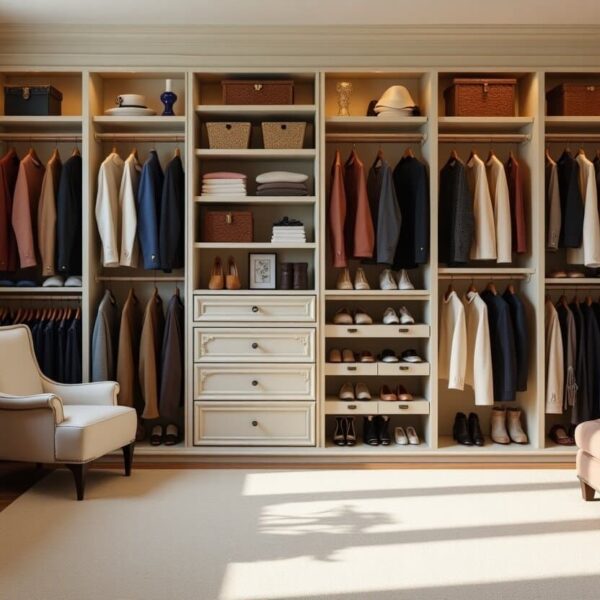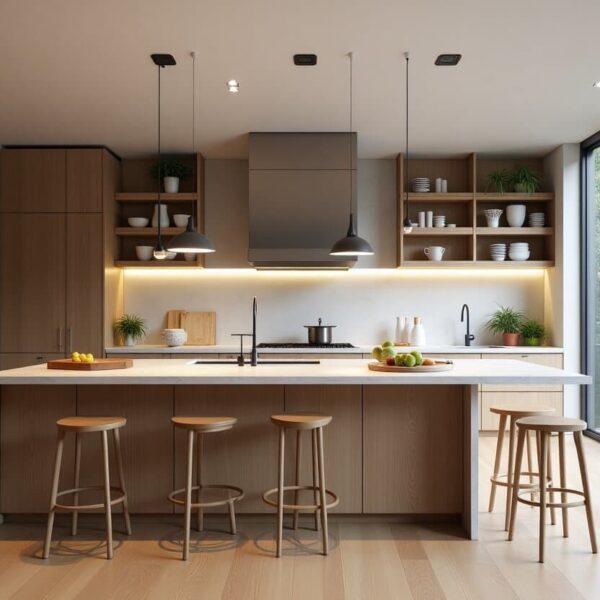Whether you’re remodeling your kitchen locally or ordering a China custom kitchen cabinet for a project overseas, measurement accuracy is non-negotiable. A slight error—just half an inch—can make your drawer stick, your door not close, or your countertop misalign.
This ultimate guide is designed for homeowners ready to transform their space, DIY enthusiasts looking for professional-level accuracy, and interior designers seeking a reliable resource for their projects.What you’ll unlock in this guide: A step-by-step, professional approach to measuring your kitchen, ensuring your custom cabinets are a perfect fit, every single time.

Professional Measurement Toolkit
Before you start measuring, it’s essential to equip yourself with the right tools. Precision in custom kitchen cabinet design begins not just with careful technique, but with accurate instruments. Here are the professional-grade tools that will help you get the job done right.
Must-Have Essentials
Laser Measure (±1/16″ accuracy)
- Why it’s critical: Chinese factories work on 1mm tolerances
- Pro Tip: Our engineers recommend Leica DISTO D2
Digital Level
- Chinese apartments often have 3-5° wall tilts
- Measure at multiple heights
25ft Steel Tape (with magnetic hook)
- Verify laser measurements
- Essential for diagonal checks
Helpful Extras for the Pros
- D Scanner (Like Matterport)
Creates shareable digital twins for your Chinese kitchen cabinet manufacturer
- Measurement Labels/Sticky Notes
Color-code dimensions for our factory team
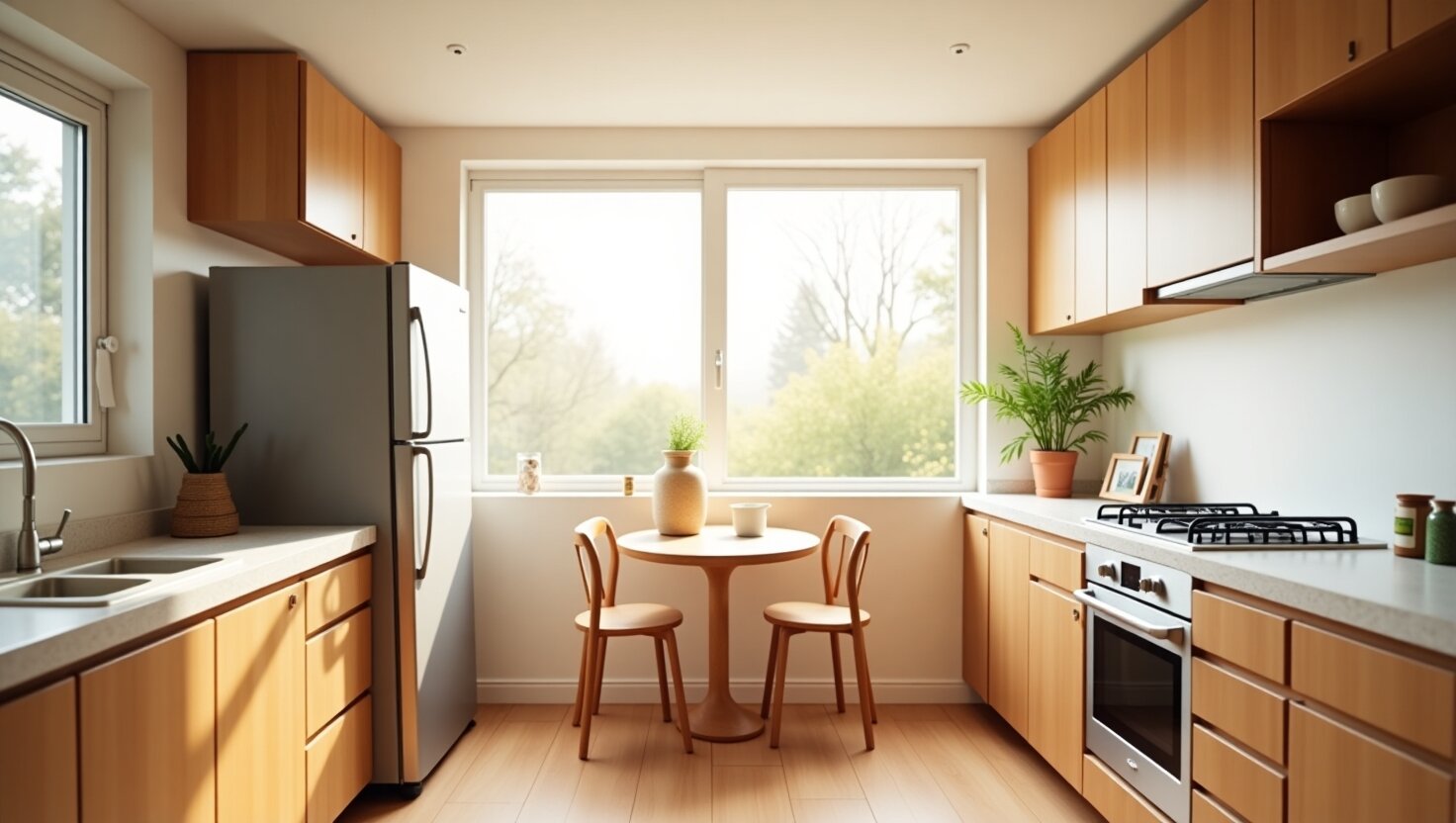
Pre-Measurement Checklist
Before you get out the measuring tape, take a few minutes to prep the space. It might not seem like a big deal, but trying to measure around clutter or furniture will almost always lead to mistakes. Something as simple as a chair in the corner or a box leaning against the wall can throw off your numbers. So just clear it all out. Give yourself room to work, and make sure you can actually reach every corner you’ll be measuring.
Once the room is clear, have a look around. Grab a level and check if your walls are straight and your floors are flat. In a lot of homes—especially older ones—they aren’t. You might not notice a slight tilt just by looking, but it can mess with how your cabinets sit or how the doors open. It’s the kind of thing you want to know early, not after the cabinets are already being installed. So if something feels off, jot it down. That info can really help during the design phase.
While you’re at it, take note of anything built into the room that can’t move. That means water lines, gas pipes, outlets, switches, vents, fuse boxes—whatever’s there to stay. Marking these now helps avoid surprises later, and if you’re ordering from a Chinese kitchen cabinet supplier, those details are essential. They’ll need to know exactly where things are for cutouts and spacing. Snapping a few photos isn’t a bad idea either—it makes things easier to explain when you’re talking with someone who’s not onsite.
And don’t forget your fixed points. Every kitchen has them—maybe it’s a column, a structural wall, or a pipe chase that just won’t budge. These become your anchors. Once you know where those are, everything else—your layout, your measurements, your cabinet choices—can be built around them. When your supplier is on the other side of the world, being able to explain your space clearly makes everything go a lot smoother.
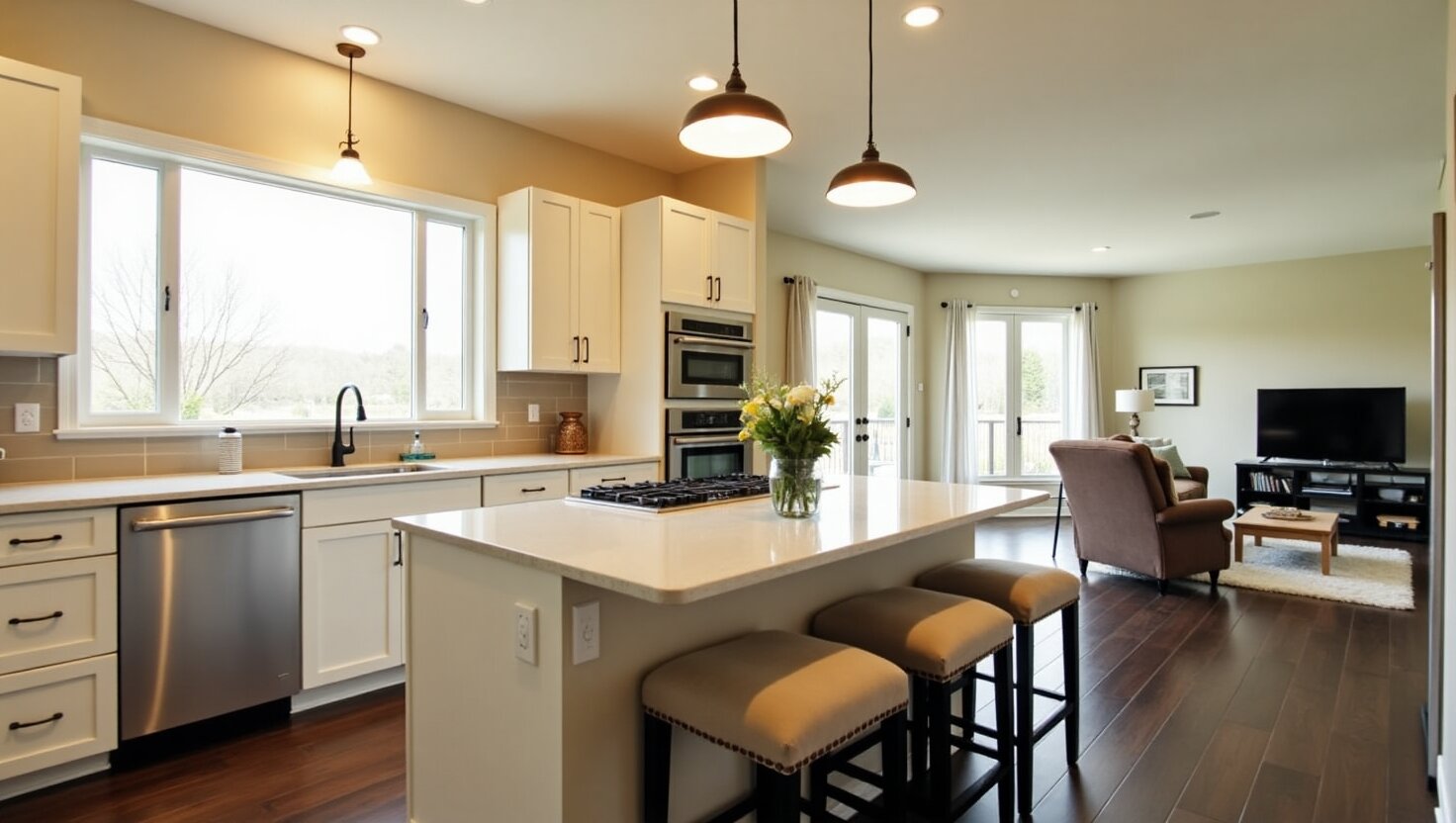
Step-by-Step Custom Wardrobe Measurement Guide
If you’re planning to order custom kitchen cabinets from China, getting the measurements right is probably the most important thing you’ll do. A cabinet that’s just half an inch too wide—or too tall—can throw off your whole installation. And when your supplier is halfway across the world, that’s not a mistake you want to deal with.
Start simple. Measure each wall from end to end, and from the floor up to the ceiling. Don’t rely on just one number—take a few measurements along the wall to see if it’s straight. In many homes, it’s not. If your kitchen has corners, especially L- or U-shaped layouts, check those angles. They might look like perfect 90 degrees, but they rarely are. That tiny difference can matter when it comes to cabinet fitting.
If you already have cabinets in place and plan to replace them, measure everything before removal. Write down the width, depth, and height of each unit. Look at how the doors open, where the hinges are, what works and what doesn’t. These details are easy to overlook but can save you from repeating layout mistakes in your new setup.
Have a project in mind? Send a message.
Get the catalog for free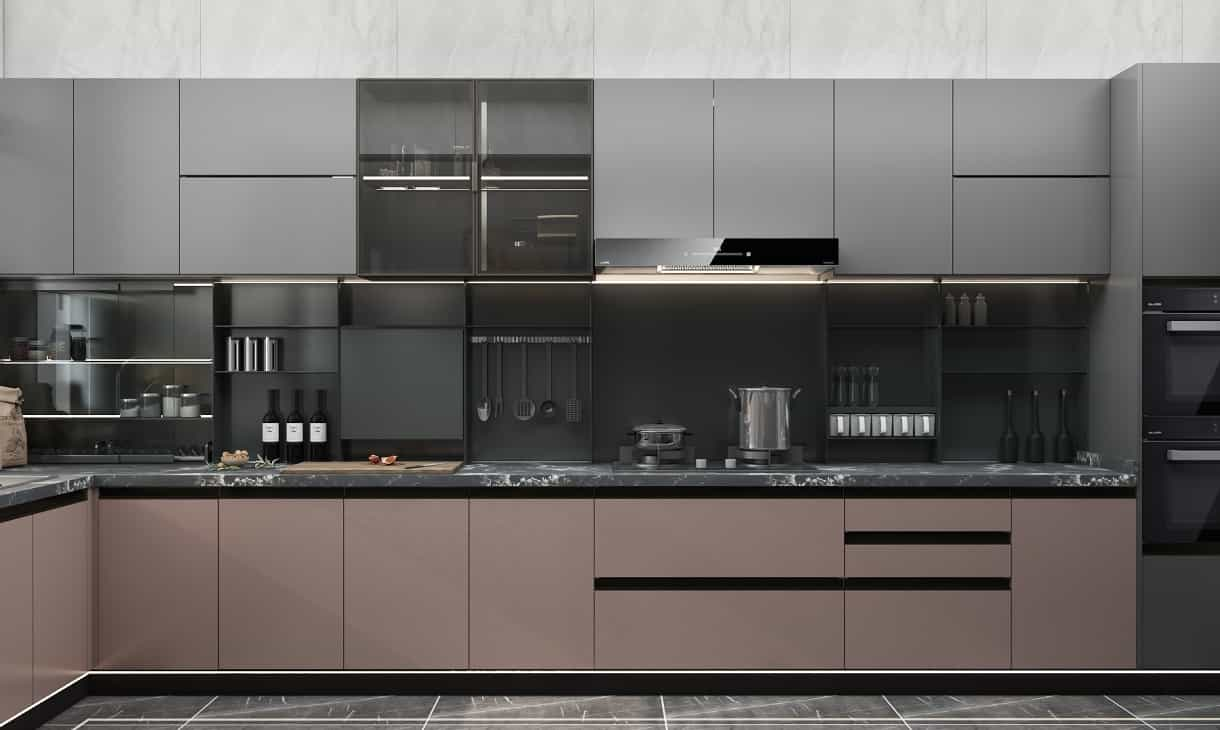
For base cabinets, expect a standard depth of 24 inches (not including doors) and a height of 34.5 inches. Add a typical countertop, and the final height is around 36 inches. Wall cabinets vary more—12, 18, sometimes 24 inches tall—depending on ceiling height and how much storage you want. Keep around 18 inches of space between the countertop and upper cabinets if you want to stick to standard ergonomics.
When it comes to appliances like ovens, fridges, or dishwashers, don’t just eyeball it. Measure width, height, and depth—but also check for handles or vents that stick out. A fridge door that can’t open all the way is a frustrating surprise.
Odd-shaped areas need extra care. Sloped ceilings, boxed-in beams, recessed walls—these things don’t always show up on a basic sketch. Take your time, measure from a few angles, and when in doubt, go with the smaller number. A little margin is better than a misfit.
Windows and doors? Measure their size and distance from nearby walls, floors, and ceilings. And don’t forget the swing direction—especially if they’re near a cabinet run.
One last thing—utilities. Measure where your sink, water lines, gas pipe, outlets, and switches are. Record how far each one is from the nearest wall and floor. This is especially important when working with a Chinese kitchen cabinet supplier, since they’re designing your cabinets based entirely on the measurements you give. If something’s off, there’s no one on site to catch it.
Take it slow, double-check your numbers, and write everything down clearly. When your cabinets arrive and everything fits like a glove, you’ll be glad you did.
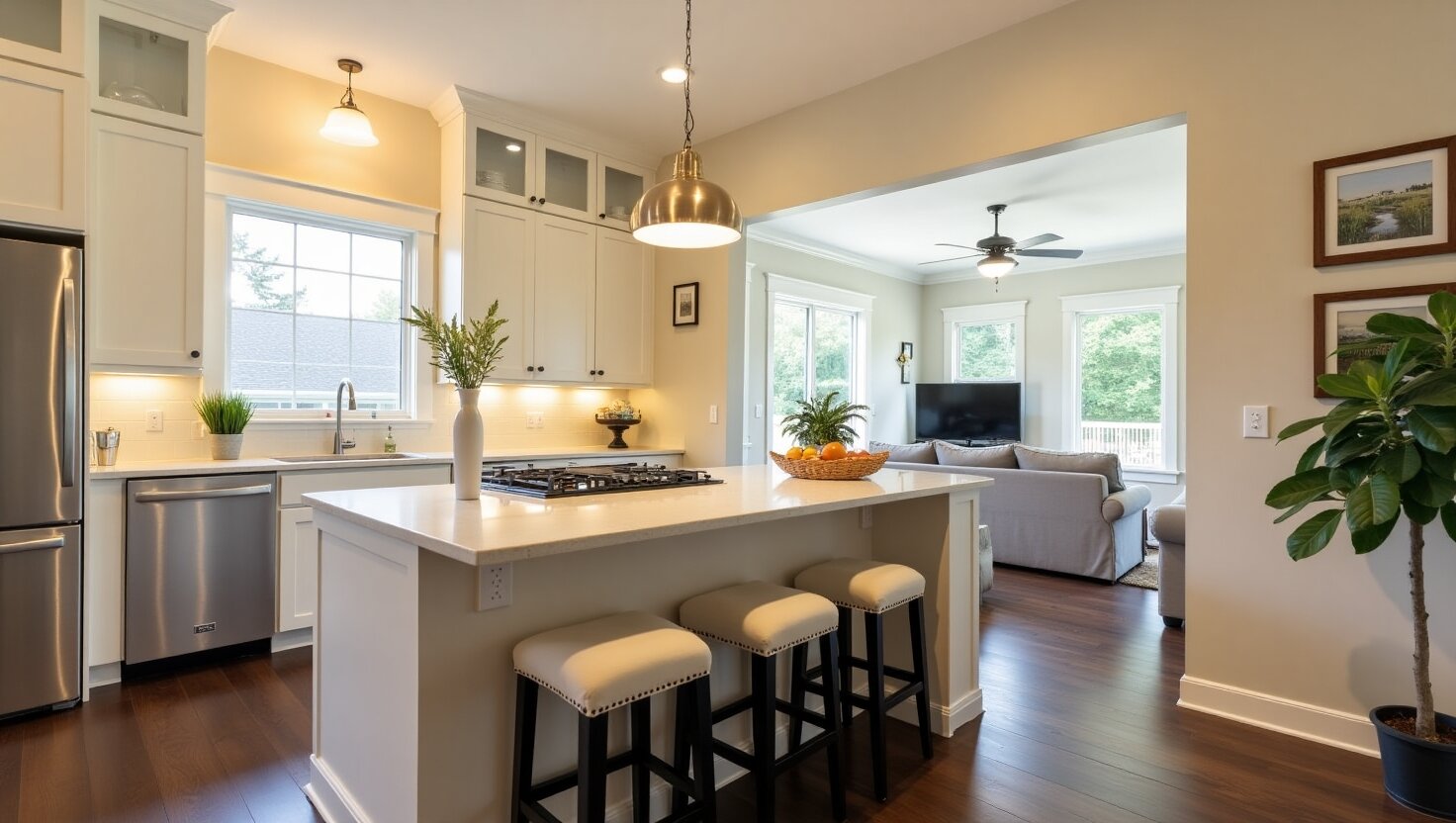
Common Mistakes to Avoid
One of the most common and costly mistakes in kitchen measurement is neglecting the toe kick, the recessed space at the bottom of base cabinets. Many people measure only from the front of existing cabinets, ignoring this crucial space. This often leads to depth errors and an uneven appearance after installation. Always measure from the wall, not from the outer edge of existing cabinetry.
Another common oversight is failing to account for appliances beyond their footprint. You need to allow sufficient ventilation space for appliances and ensure that appliance doors can open fully and drawers can be pulled out completely without obstruction. Imagine installing your dream oven only to find its door can’t open all the way because of a cabinet handle!
Mixing units of measurement is also a significant error, especially when working with Chinese cabinet manufacturers. Alternating between inches and centimeters during the measurement process can easily lead to misunderstandings or production errors. Always stick to one unit system and clearly label it on your drawings. Consistency in data is fundamental to a smooth project.
Many people also assume walls are perfectly plumb and all corners are exactly 90 degrees. In reality, most buildings have slight irregularities. Ignoring these details can lead to misaligned cabinets and uneven gaps during installation. Always use a level to confirm walls are plumb and measure angles to avoid surprises during the installation phase.
Remember, door casing dimensions are also crucial; they often extend beyond the rough opening of a door or window, so be sure to factor them in. Finally, don’t forget to measure and record the lowest ceiling height. Without confirming vertical clearance beforehand, tall cabinets in your design might not fit. This is especially important when planning floor-to-ceiling or wall-to-wall cabinetry; always confirm the highest and lowest points to prevent errors.
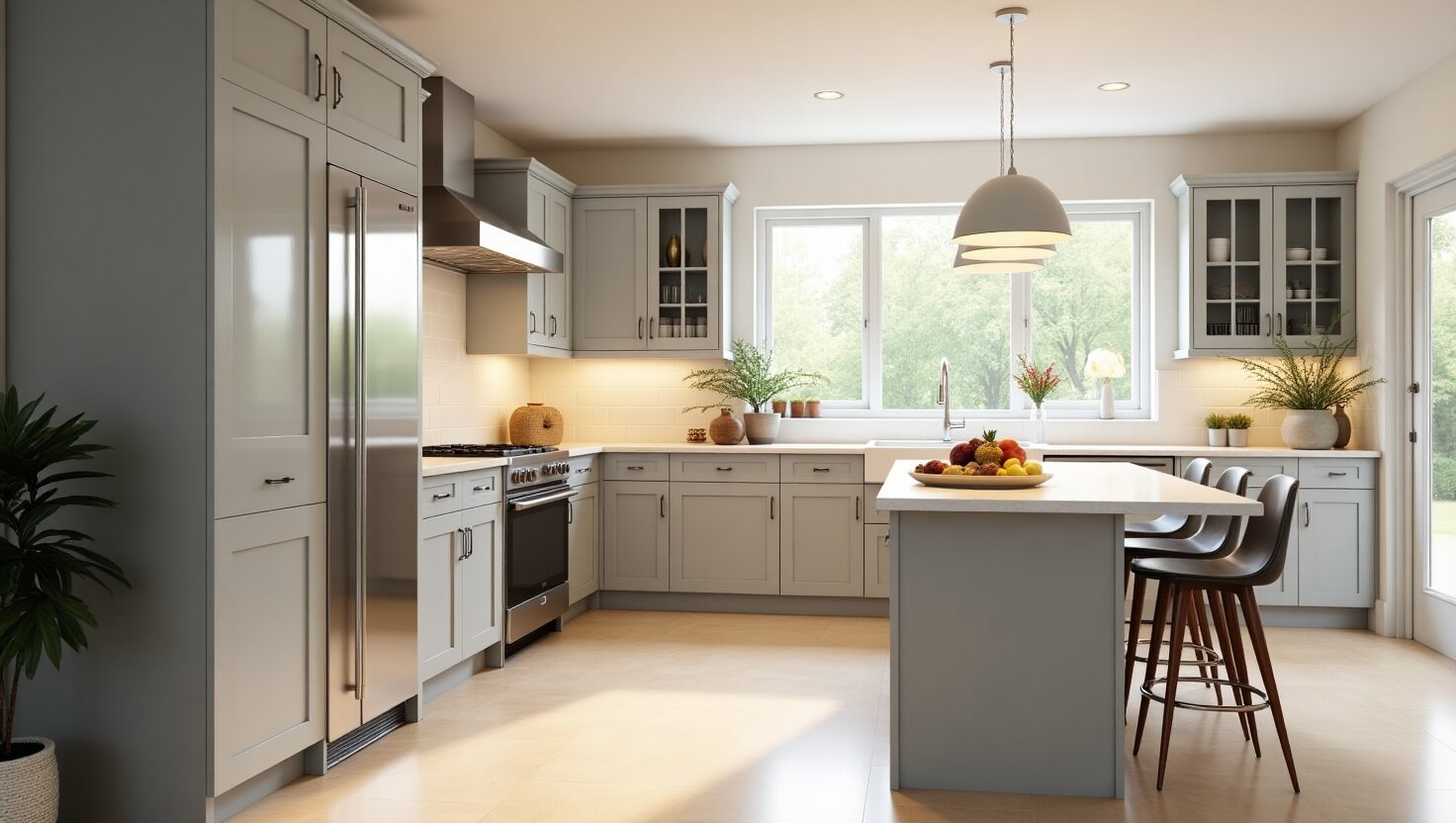
When to Call a Professional
While many homeowners and designers prefer to take kitchen measurements themselves, there are situations where calling in a professional is not just helpful—it’s necessary. Complex kitchen layouts, such as those involving curved walls, angled ceilings, or irregular floor plans, can easily lead to inaccurate measurements if you’re not trained in spatial evaluation. In these cases, a professional with the right tools and experience can assess the geometry accurately and make adjustments that would otherwise be overlooked.
Another red flag is wall or floor deviation. If your laser level or spirit level reveals that your walls are leaning more than 5 degrees or your floor isn’t flat across its span, it’s best not to rely solely on DIY methods. These structural irregularities, even if subtle, can have a big impact on the fit and alignment of custom cabinetry. A trained technician will know how to compensate for these deviations in both measurement and cabinet design.
Finally, if you’re investing in high-end, made-to-order cabinetry—especially from a Chinese kitchen cabinet manufacturer—precision becomes absolutely critical. Many custom cabinet systems require tolerances as tight as 1/16 of an inch. Any miscalculation can result in expensive rework or unusable components, particularly in international orders. In these scenarios, it’s worth hiring a local measurement expert or even coordinating with your supplier for a virtual consultation.

Why Choose Nexthome Furnishing
If you’re unsure about anything, it’s always best to work with a reliable expert.Nexthome Furnishing is a trusted China kitchen cabinet supplier with over 10 years of experience in high-end cabinetry.
We understand that global projects require clear communication. That’s why we offer free unit conversion services to bridge any measurement system gaps, ensuring your specifications are perfectly understood by our production team.Beyond stunning China custom kitchen cabinet solutions, we also offer a wide range of complementary cabinet furniture like wardrobes and other storage units, as well as a selection of loose furniture to complete your entire home’s aesthetic.
No matter where you are in the world, we’re here to help you effortlessly embark on your ideal kitchen project. Contact NextHome Furnishing Furnishing today to discuss your vision and discover the difference that quality craftsmanship and dedicated service make!
Contact NextHome Now!
We are here to help you with your business needs. We have a team of experts who are always eager to help you.

